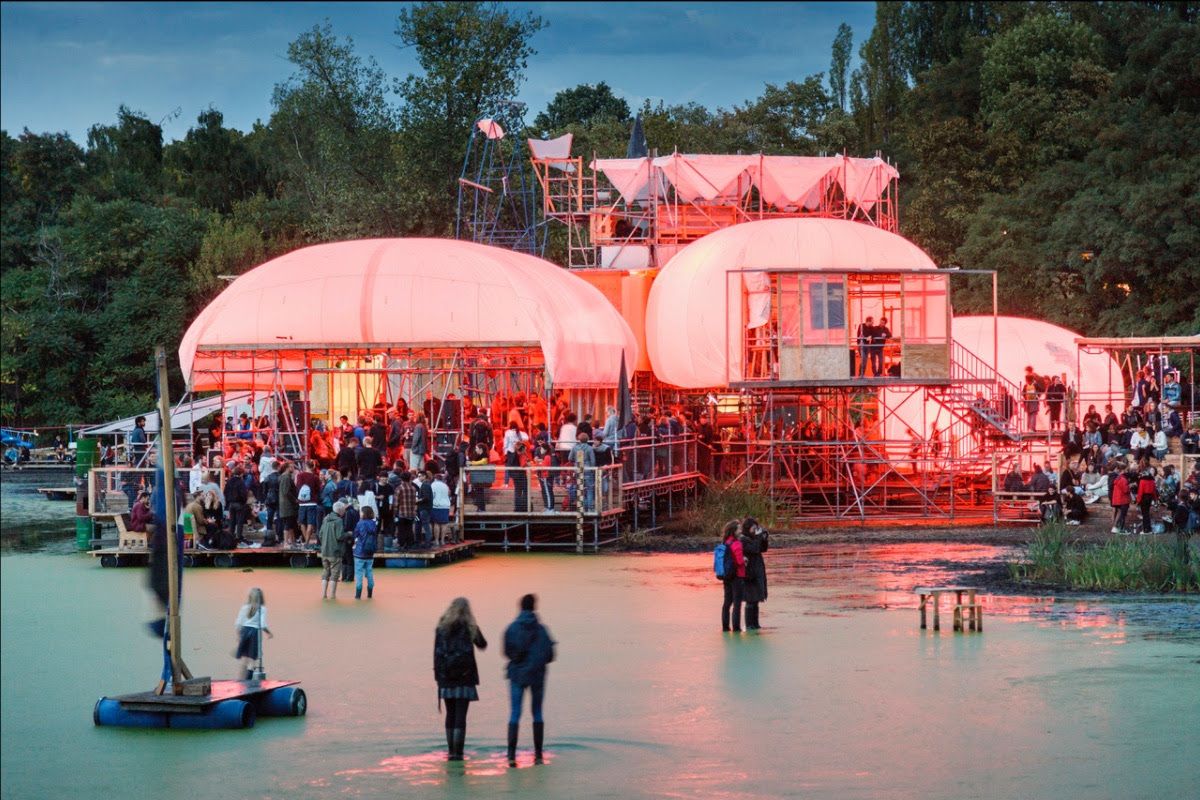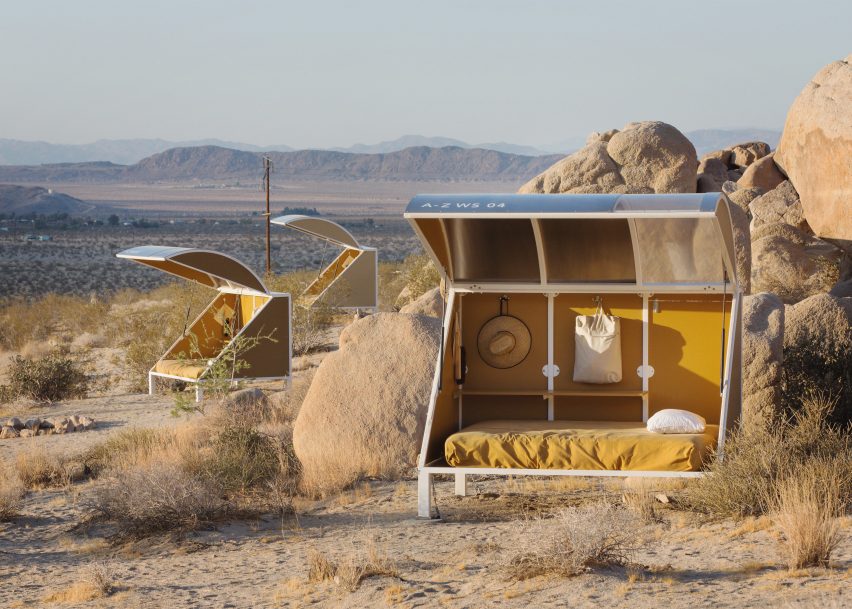SOCIAL SPACE
_________________________________________
Time to move away from the physical and towards the psyche. This section will focus less on how spaces are built, how they engage with the site, and what they are made of. Instead, it’s more concerned with how different people use different spaces, how they feel in them, and how and when we should open up private space to be more public, and by the same token, how we can carve out private moments in public. We’ll define social space broadly, as where people are coming into contact with each other, where people gather, and interact. Miami is an increasingly precarious city that faces compounding crises of climate vulnerability, housing insecurity, and income inequality. Leading climate anthropologist Anna Tsing defines precarity as “the condition of being vulnerable to others.” Embracing precarity can make different ways of living possible, yet as the planet warms, we’re watching wealthy countries turn inward, fortify borders, and limit immigration. On a smaller scale, we’re seeing a proliferation of gated communities that mimic this bunker-methodology. Now is not the time to recoil. The problems in front of us require greater social cohesion and collaboration than we’ve probably ever maintained as a species, and our infrastructure needs to support social space.
So what are we going to look at specifically? Primarily, centers for arts and ecology. We’ll prioritize investigating spaces that are using art and culture broadly to better understand and communicate environmental change. These spaces can serve as test grounds for alternative educational centers. Artist-residences can be prototypes for housing that might center arrangements beyond the nuclear family. We’ll look at local ecology centers that have community programming, like the Center for Subtropical Affairs and Finca Morada, as well as existing artist residencies like AIRIE and ARTSail that have a sustained environmental focus. We’ll look at artist-homestead projects like Andrea Zittel’s A-Z West, and Fritz Haeg’s (revival of) Salmon Creek Farm, that lean towards a domestic scale, rather than an institutional one. The goal of this section is to better understand what is required of a space to feel welcoming, supportive, and open, in this moment where coming together is increasingly important.
So what are we going to look at specifically? Primarily, centers for arts and ecology. We’ll prioritize investigating spaces that are using art and culture broadly to better understand and communicate environmental change. These spaces can serve as test grounds for alternative educational centers. Artist-residences can be prototypes for housing that might center arrangements beyond the nuclear family. We’ll look at local ecology centers that have community programming, like the Center for Subtropical Affairs and Finca Morada, as well as existing artist residencies like AIRIE and ARTSail that have a sustained environmental focus. We’ll look at artist-homestead projects like Andrea Zittel’s A-Z West, and Fritz Haeg’s (revival of) Salmon Creek Farm, that lean towards a domestic scale, rather than an institutional one. The goal of this section is to better understand what is required of a space to feel welcoming, supportive, and open, in this moment where coming together is increasingly important.


Subthemes
- Communal Living
- Residential Design beyond the Nuclear Family
- Artist Studios and Homes
- Domestic Exhibition Spaces
- Equitable Artist Residencies
Examples:
- The Bakehouse - Artist Housing
- AIRIE
- ARTSail
- Finca Morada
- Center for Subtropical Affairs
- Salmon Creek Farm
- A-Z West
- Arcosanti
- Floating University



